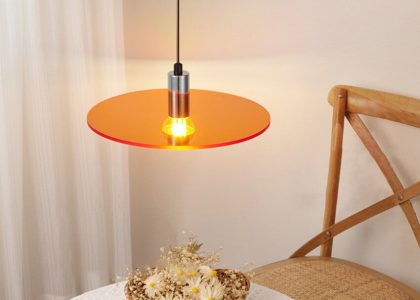Introduction
Lighting plays a vital role in the overall ambiance and functionality of a drawing room. From accentuating the interior decor to providing sufficient brightness for reading or socializing, selecting the right drawing room lighting fixtures can make a significant difference. In this article, we will discuss different types of lighting options and their placement, which will help you create an inviting and stylish drawing room.
The Types of Drawing Room Lighting
Ambient Lighting
Ambient lighting is the general lighting that illuminates the entire drawing room at an even level. The most common options for ambient lighting include recessed lighting fixtures, wall-mounted sconces, and chandeliers. The placement of ambient lighting fixtures should be symmetrical and evenly spaced so that the room can receive a balanced light distribution.
Task Lighting
Task lighting, as the name suggests, provides concentrated lighting for specific tasks, such as reading, writing, or working on a laptop. Table and floor lamps are the most common types of task lighting fixtures, which add style and functionality to the drawing room. These fixtures should be placed near seating areas or workstations, providing ample light without producing glare or shadows.
Accent Lighting
Accent lighting is used to highlight specific features of a drawing room, such as paintings, sculptures, or architectural details. Track or wall-mounted fixtures, table lamps, and picture lights are typical options for accent lighting. When placing accent lighting fixtures, consider the purpose of the light, the size of the object, and the intensity of the light to avoid over or under-lit areas in the room.
The Placement of Drawing Room Lighting
The Scenario
The placement of lighting fixtures depends on the layout, size, and function of a drawing room. For instance, if your drawing room has a seating area for reading, you should install a table lamp near the seating arrangement. If your drawing-room has a large wall, you can use a combination of picture lights, floor lamp, and spotlight to accentuate the wall decor. Similarly, if the drawing room has a high ceiling, you can install a chandelier or a pendant light to add an attractive focal point.
The Height
The height of the fixtures also contributes to the effectiveness of the drawing room lighting. For example, if you hang a chandelier too low, it may overpower your decor or create a glare if the light fixture is too high. For ambient lighting, install light fixtures at least 7 feet above the floor, and for accent lighting, hang fixtures a bit lower, depending on the object’s height.
The Control
The control of the light can make a significant impact on the drawing room atmosphere. It allows you to adjust the brightness and the mood of the room as per the occasion. Dimmers, timers, and remote-controlled lighting fixtures are convenient and energy-saving options, which enables you to manage the lighting level from your mobile device or a wall panel.
The Conclusion
Effective drawing room lighting enhances not only the decor but also the functionality and mood of the room. By using different types of light fixtures and their placement, you can create a well-lit, stylish, and inviting drawing room. Follow the tips and suggestions given in this guide, and choose the lighting fixtures that suit your drawing room’s aesthetic and purpose. With optimal lighting, your drawing room will become a warm and welcoming space for your family and guests alike.


